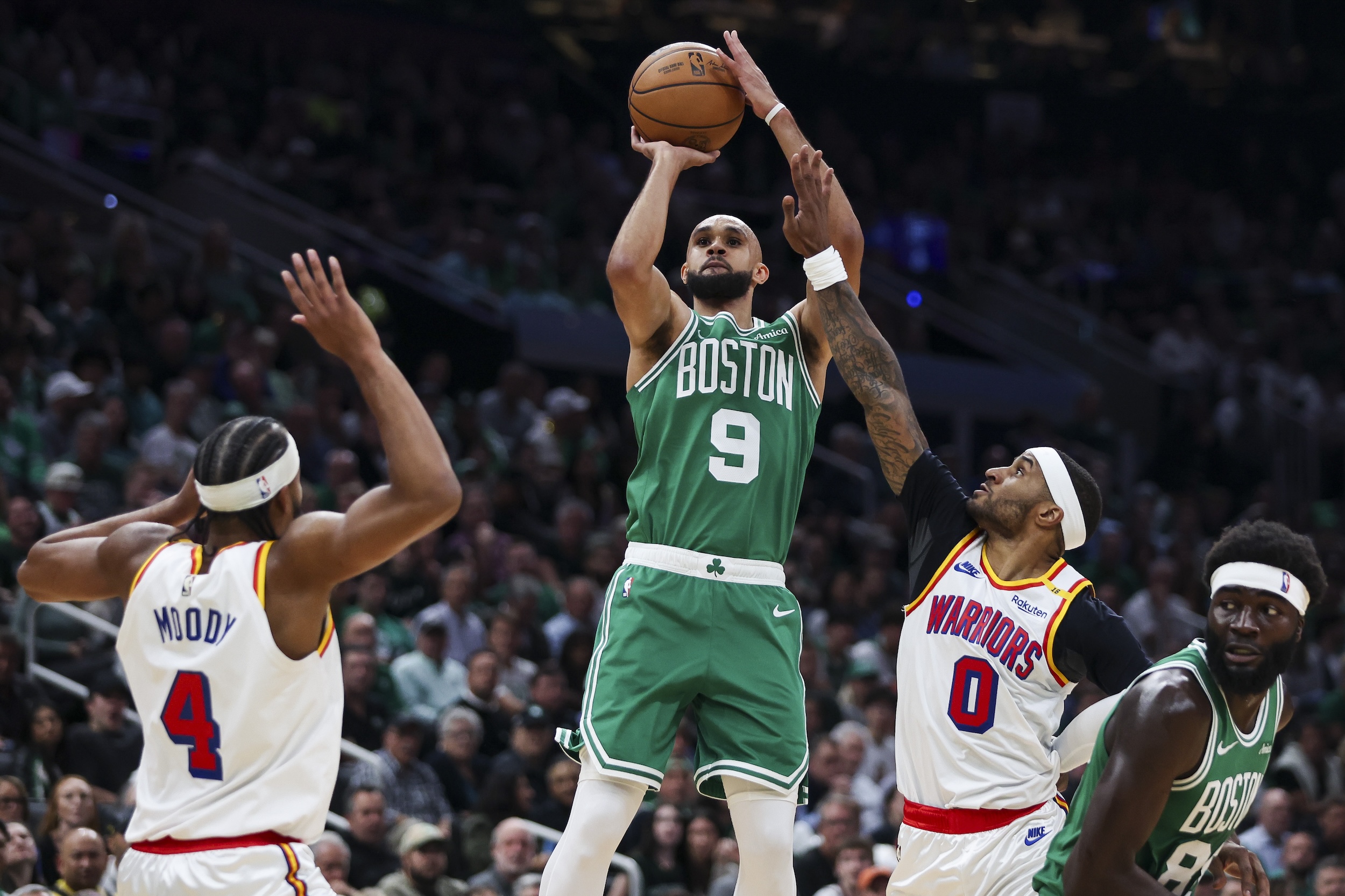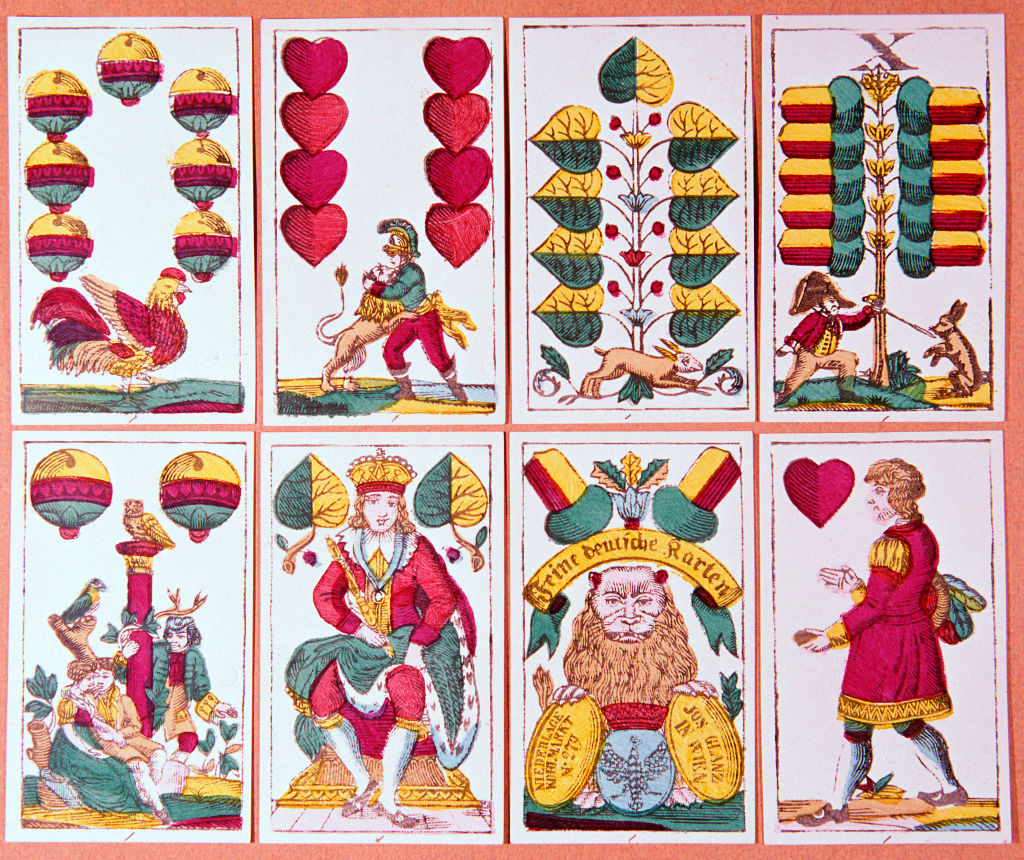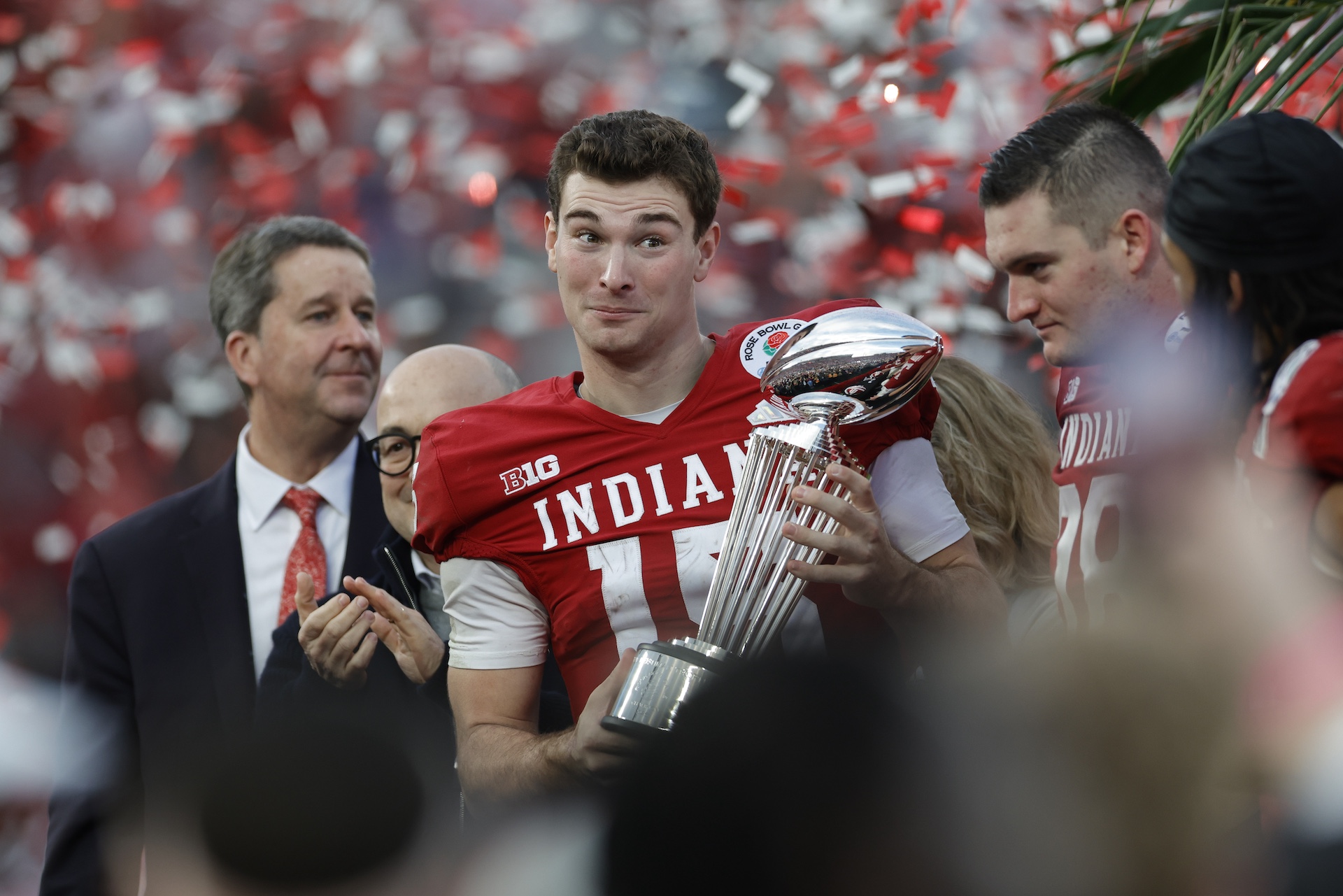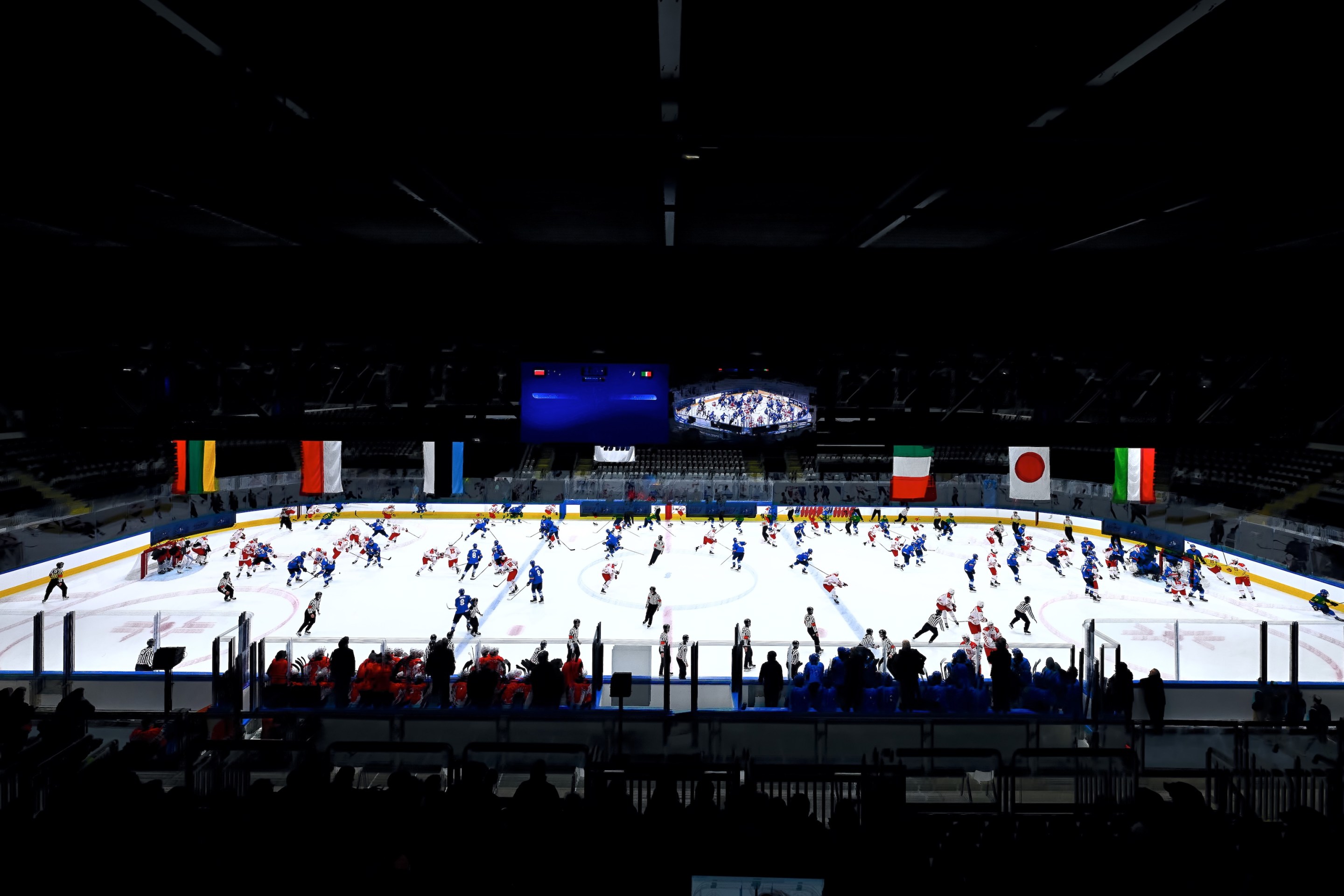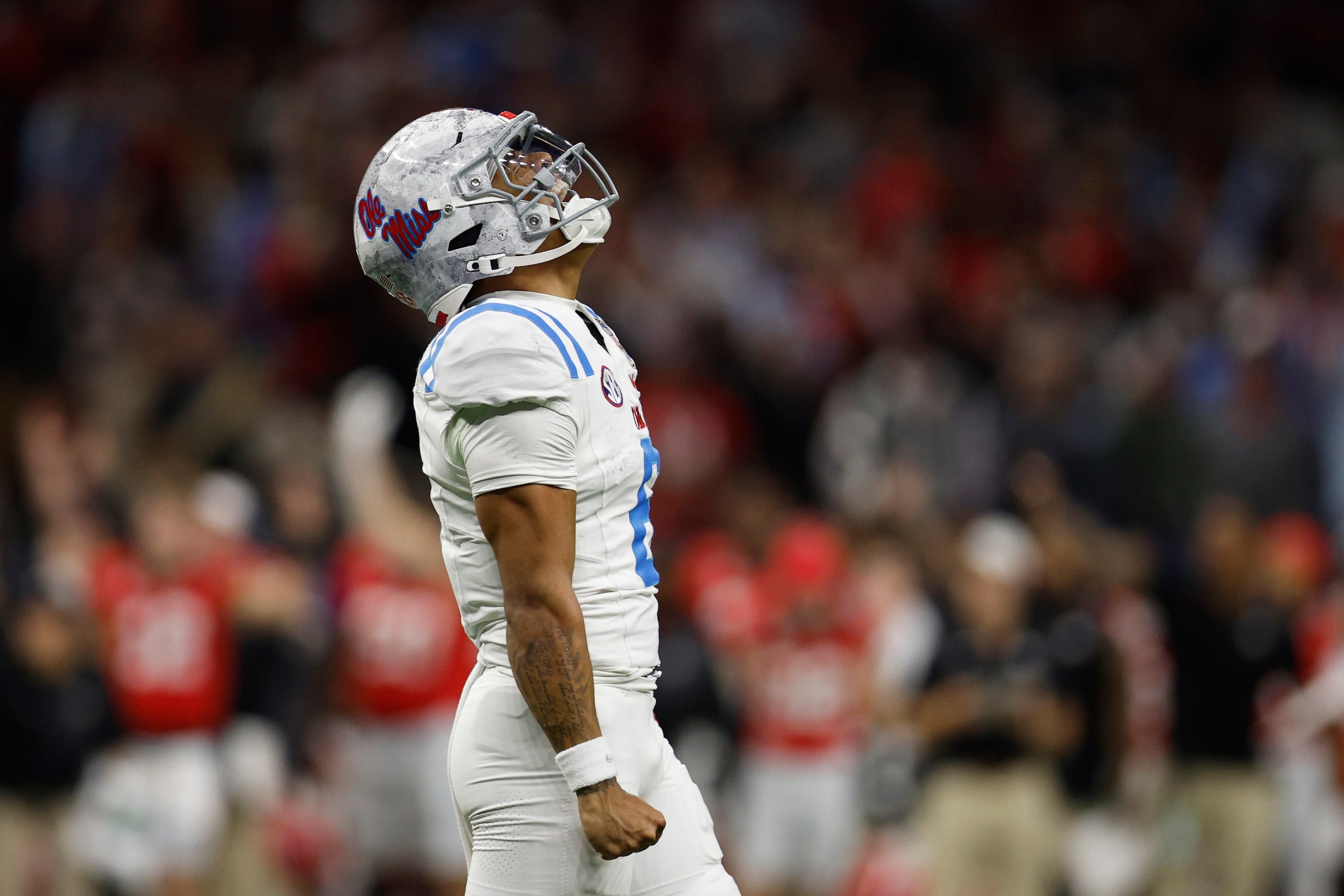Derrick White, unglamorous secondary ball-handler for the defending champion Boston Celtics, does many things well. He's a knock-down shooter who in his eighth professional season is attempting a career-high 9.6 threes per game, or about 68 percent of his total shot output. He's a Tony Allen-level perimeter defender, a Danny Green-level transition defender, and among the greatest shot-blocking guards in NBA history. You might lazily describe him as a 3-and-D specialist, except that he is also a competent and quick-thinking passer, a slick and reliable pick-and-roll operator, and an artist from floater range. Through nine games this season he is giving the Celtics 20 points a night on 64 percent true shooting, and is averaging better than three assists per turnover, and is using just a shade over a fifth of Celtics possessions when he's on the court. You will perhaps think it oxymoronic—or maybe even just the regular kind of moronic—to describe White as a God-tier role player. I don't care! If Paul George can be a Bozo-tier superstar, Derrick White can be a God-tier role player.
The Boston Celtics, minus Jaylen Brown and Kristaps Porzingis, lost at home Wednesday night to the Golden State Warriors. It was a very fun game and the Celtics performed valiantly, in part because Neemias Queta is a revelation but in larger part because White is the best player in the entire league at standing in the right place at all times. This is not limited to drilled-in defensive rotations and the choreographed movements of Joe Mazzulla's offense. White's sense of what is happening around him and anticipation of what is likely to come next is spooky. That ability to flow from one right spot directly into another exactly right spot, with almost no wasted motion, makes it often seem as though there are two Whites out there, sometimes in entirely different areas of the court, each attending to their own distinct set of responsibilities. Time and again Wednesday night White seemed to see into the future, allowing him to spoil Warriors traps, extend possessions, disrupt actions, and thwart what might otherwise have been game-breaking advantages.
White drew the dreaded Stephen Curry defensive assignment, and for most of the first half the Warriors had a hard time digging Curry loose. Curry attempted just three shots before halftime, while the Warriors tried out different combinations of actions to spring him into space, and eventually settled for using him as a decoy. But even when White wasn't guarding Curry, he was gumming up Golden State's lovely flowing offense. In the second quarter, with Golden State in the lead and the crowd becoming restless, White chased Curry into a screen, then switched away from the ball, sniffed out a beautiful backdoor cut from Kyle Anderson, and got there ahead of Draymond Green's one-touch pass, which was otherwise exactly on the money. The steal took away an easy bucket and led to a Celtics transition opportunity. About 30 seconds later, following a Boston miss, Curry spotted Anderson streaking behind the defense and attempted a football pass for a breakaway bucket. Jayson Tatum, Boston's last defender back, was caught out of position. White, who was about 30 feet behind Anderson on the play, sensed the heave developing and raced back for the interception, a play that led directly to a Boston bucket and a Warriors timeout.
On the other end, the Warriors ran blitzes and traps to force the ball out of the hands of Jayson Tatum, who in Brown's absence is Boston's lone face-up shot creator. The Celtics live for this—Mazzulla loves nothing more than to put two on the ball—but in order for it to work Boston's players have to see it coming and move themselves into position to capitalize. Shitty teams with zoned-out goofball players respond to traps by having the ball-handler fling a desperation pass to the nearest unguarded brick-handed oaf, probably the same lumbering goofus whose screen brought the second defender into the action in the first place, and then have to try to work an improvised 4-on-3 with their least-skilled player handling the rock. Good teams tilt the scales somewhat by deploying only skilled players in the action, but it's more important by far to have sharp, attentive off-ball players who see what's coming and know where to go, and who are able to get there in time.
White is so unbelievably good at this. Wednesday night he was teleporting all over the place, somehow never more than one pass away from the trap, in all instances a perfectly placed release valve, and one who happens to be shooting 42 percent on three-pointers. White wound up attempting 16 threes Wednesday night, the most he's attempted in regulation in his career. A couple of these were tough shot-clock beating heaves, and a couple more were early in-rhythm pull-ups, but the majority came from White positioning himself a pass away from the action, in the line of sight of the ball-handler and with his feet set and hands ready. In Mazzulla's swirly-eyed, bombs-away offense, you don't need a good reason to shoot a three-pointer, but the Celtics are so good at spacing the floor that they rarely have to settle for bad shots, and White in particular is an ace at negotiating his way into a comfortable spot for raining hellfire. He's shooting 49 percent from beyond the arc on catch-and-shoot opportunities, and 53 percent when the nearest defender is four to six feet away, or what the NBA considers an open shot attempt. Lots of guys have to be defended beyond the arc, but it takes a honed sense of timing and spacing to make that particularly hard on a defender, and especially if your job is not benefiting from a lot of screens and scripted action. White's not weaving his man through traffic; he's just seeing the entire floor and feeling his way into the defense's soft spots, over and over again, every single time up the floor. Once you spot it, it's an amazing and rewarding thing to focus on for the length of a basketball game.
Watch enough bad basketball in your life and you will inevitably develop a deep appreciation for players, and especially entire teams of players, who know where to stand on a basketball court. So many people can dribble between their legs; so many people can sling a look-away pass; so many—myself included, obviously—can do huge dunks. It would be easy to think that being good at basketball—being the kind of player who tends to play for winning teams, rather than losing ones—means being able to do those things, plus some shooting, while being tall. Then, in your fifth decade of watching the Washington Wizards, you are forced to confront the fact that if that were true, Kyle Kuzma would be one of the NBA's best players, instead of an unbearable goof. A player who can do all of the cool things, but with no sense of where he is supposed to be at a given moment, more often than not is a big old loser. A player who can do none of the cool stuff, but knows exactly where to stand, can have some limited utility. A player like White who can do all of the above is a goddamn star, no matter how humble and relatively unsexy the packaging.
